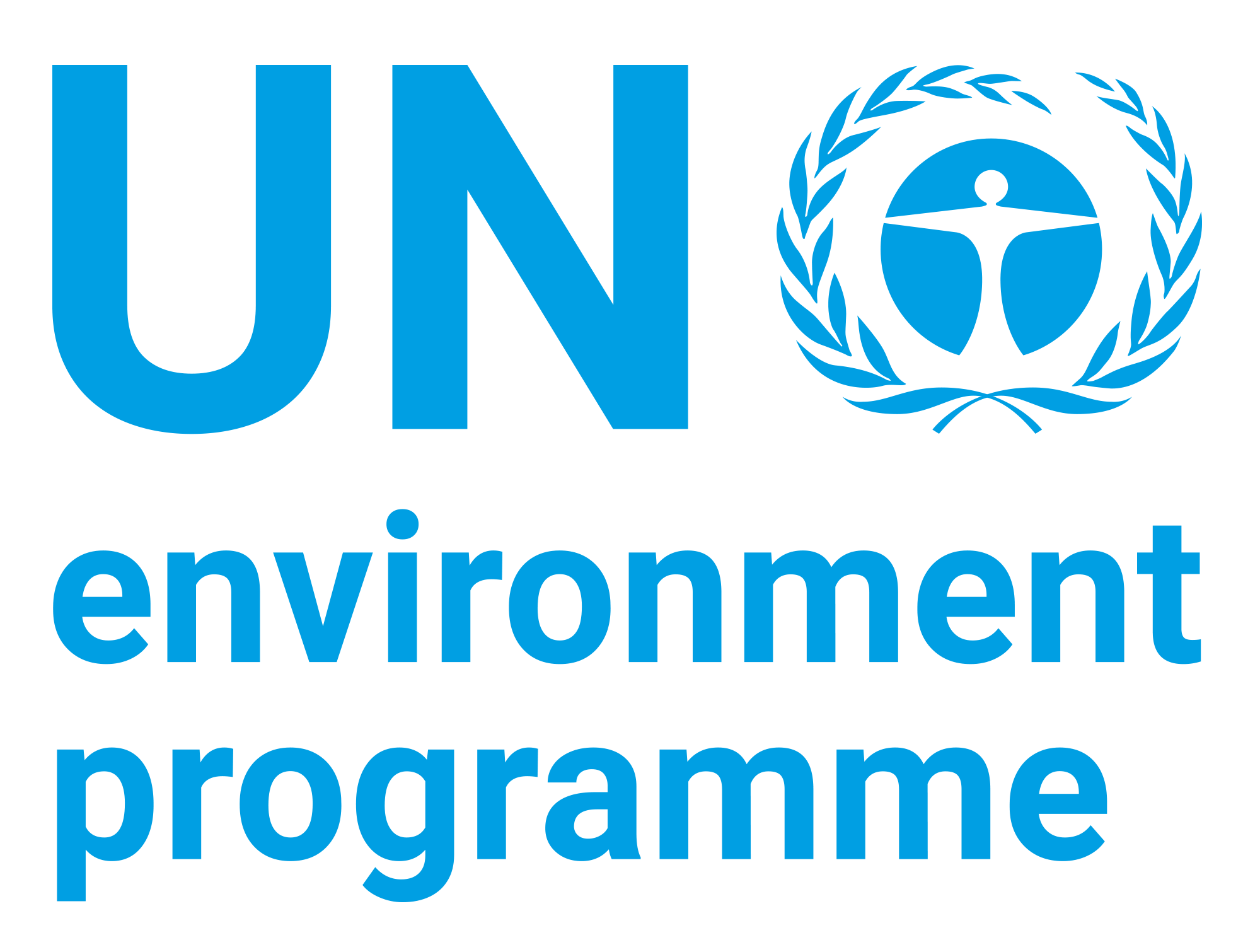Preventing the Next Pandemic: Zoonotic Diseases and how to Break the Chain of Transmission

Date
2020Author
United Nations Environment Programme
International Livestock Research Institute
Citation Tool
Bibliographic Managers
RT Generic T1 Preventing the Next Pandemic: Zoonotic Diseases and how to Break the Chain of Transmission A1 United Nations Environment Programme, International Livestock Research Institute YR 2020 LK https://wedocs.unep.org/20.500.11822/32316 PB AB TY - GEN T1 - Preventing the Next Pandemic: Zoonotic Diseases and how to Break the Chain of Transmission AU - United Nations Environment Programme, International Livestock Research Institute Y1 - 2020 UR - https://wedocs.unep.org/20.500.11822/32316 PB - AB - @misc{20.500.11822_32316 author = {United Nations Environment Programme, International Livestock Research Institute}, title = {Preventing the Next Pandemic: Zoonotic Diseases and how to Break the Chain of Transmission}, year = {2020}, abstract = {}, url = {https://wedocs.unep.org/20.500.11822/32316} } @misc{20.500.11822_32316 author = {United Nations Environment Programme, International Livestock Research Institute}, title = {Preventing the Next Pandemic: Zoonotic Diseases and how to Break the Chain of Transmission}, year = {2020}, abstract = {}, url = {https://wedocs.unep.org/20.500.11822/32316} } TY - GEN T1 - Preventing the Next Pandemic: Zoonotic Diseases and how to Break the Chain of Transmission AU - United Nations Environment ProgrammeUnited Nations Environment Programme, International Livestock Research Institute UR - https://wedocs.unep.org/20.500.11822/32316 PB - AB -View/Open
Item Statistics
Display item statisticsMetadata
Show full item recordDescription
In the spirit of the UN Framework for the Immediate Socio-economic Response to COVID-19, the United Nations Environment Programme (UNEP) has teamed up with the renowned International Livestock Research Institute (ILRI) and other key partners to develop an evidence-based assessment report on the risk of future zoonotic outbreaks. This report focuses specifically on the environmental side of the zoonotic dimension of disease outbreaks during the COVID-19 pandemic. It tries to fill a critical knowledge gap and provide policymakers with a better understanding of the context and nature of potential future zoonotic disease outbreaks. It examines the root causes of the COVID-19 pandemic and other zoonoses. The report also looks at where zoonoses come from and how we can reduce the likelihood of their occurrence. The report explores the role of animals, and in particular non-domestic animals, in emerging infectious human diseases. This is essential for our global efforts to improve our response preparedness because the frequency of spillover of pathogenic organisms jumping from animals to humans has been increasing considerably, due to the growing magnitude of our unsustainable natural resource use in today’s world.
Collections
Document Viewer
To read more, scroll down below.
Related items
Showing items related by title, author, creator and subject.
-
Key Messages - Preventing the Next Pandemic – Zoonotic Diseases and How to Break the Chain of Transmission
United Nations Environment Programme (2020)This evidence-based scientific assessment has identified the following key messages for decision-makers: 1) De-risking food systems; 2) Urgency; 3) Report audience; 4) Scope of the problem; 5) Outbreak frequency and ... -
Dimethyl Phthalate - Scientific Reviews of Soviet Literature on Toxicity and Hazards of Chemicals 24
United Nations Environment Programme; International Register of Potentially Toxic Chemicals (Centre of International Projects, GKNT, 1982)Information carried by the review is in line with the data profile structure elaborated by the International Register of Potentially Toxic Chemicals. The series is intended for toxicologists, higienists and all those ... -
Exposure Monitoring of Lead and Cadmium: An International Pilot Study within the WHO/UNEP Human Exposure Assessment Location (HEAL) Programme Technical Report
United Nations Environment Programme; World Health Organization (1990)This pilot study was one of the first to be developed and implemented as part of the HEAL project The experience gained shows that, although costly and complicated, it is possible to make comparable measurements on an ...




